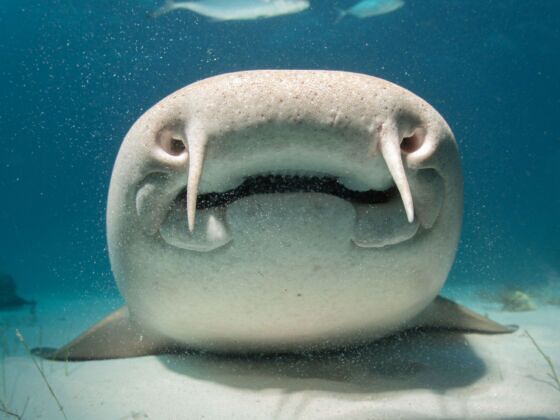Shark or bear attack? A new survey shows which people think is worse — and has the data to prove they’re wrong.
A new survey run via YouGov Direct, a research agency that runs randomized polls of Americans, found that most Americans have a really bad idea of what getting attacked by a shark is like.
Led by FloridaPanhandle.com, a real estate booking agency based in Panama City, Florida (where sharks are common), the survey asked 1,000 Americans a series of questions to gauge their knowledge of shark attacks. It also looked at statistics for every fatal and non-fatal shark attack reported worldwide between January 2000 and October 2022, totaling about 500. Of those, 89.4 percent of people survived the attacks. The data is available in an interactive format so viewers can look at detailed statistics by year, type of shark, country, and more.




